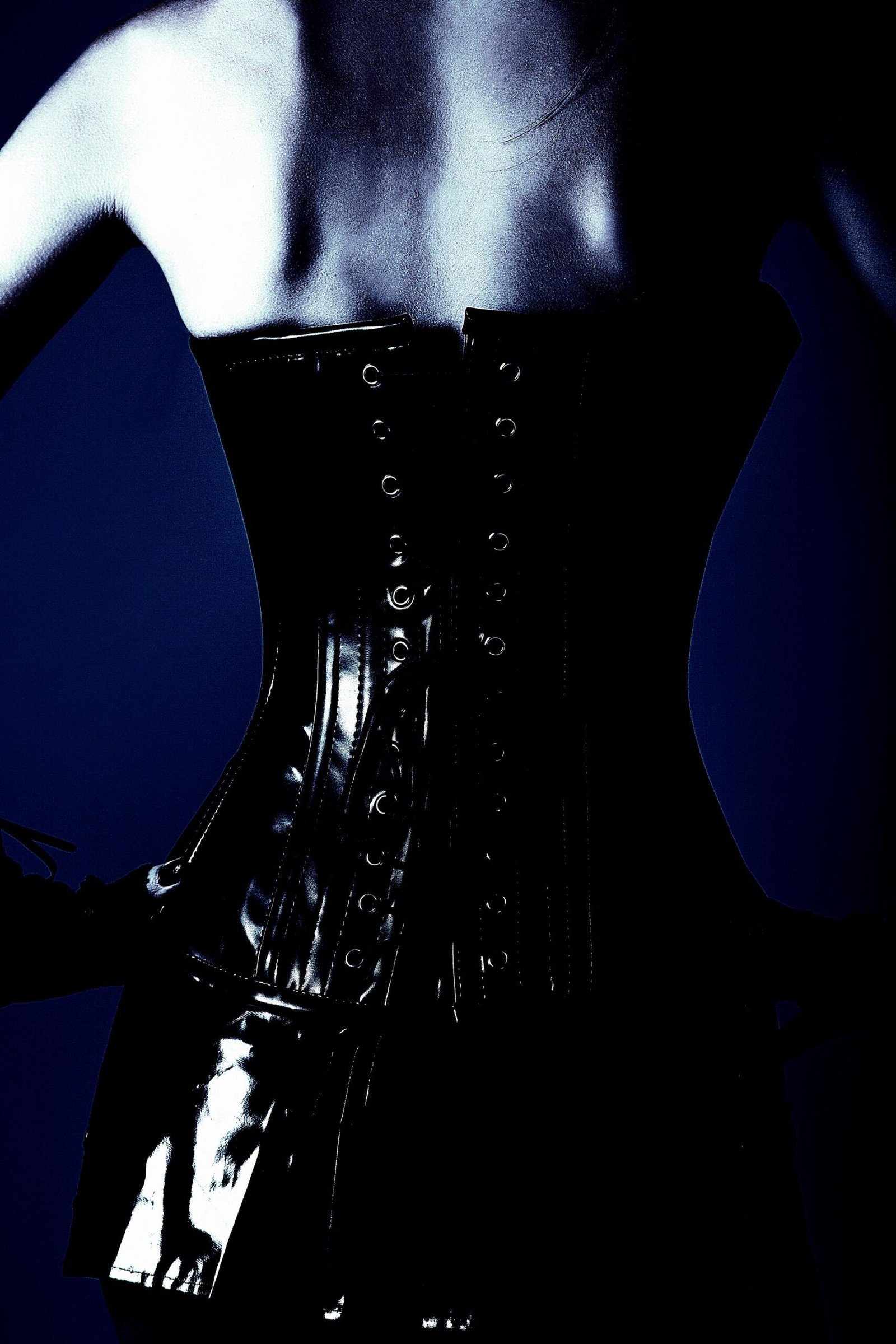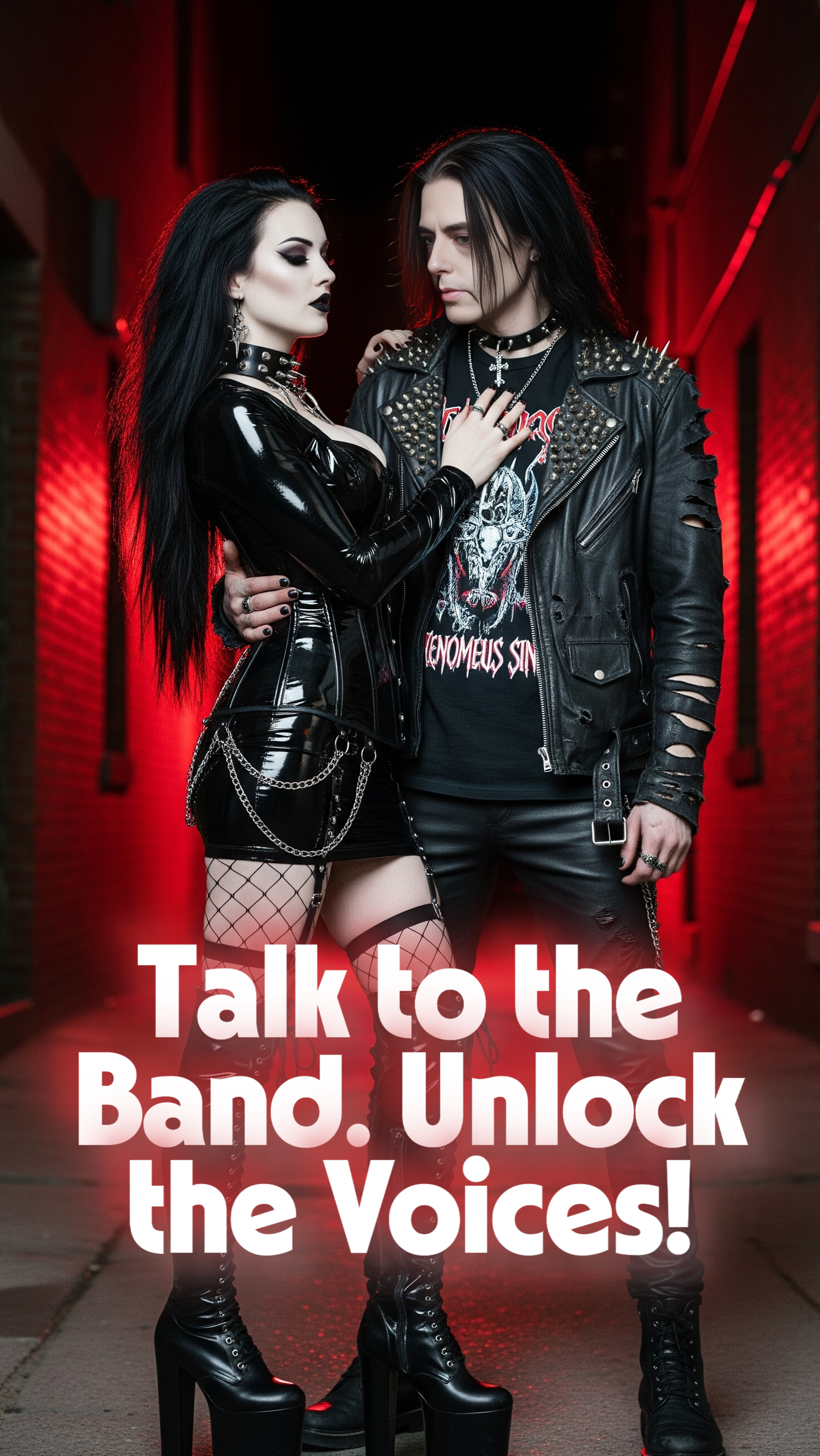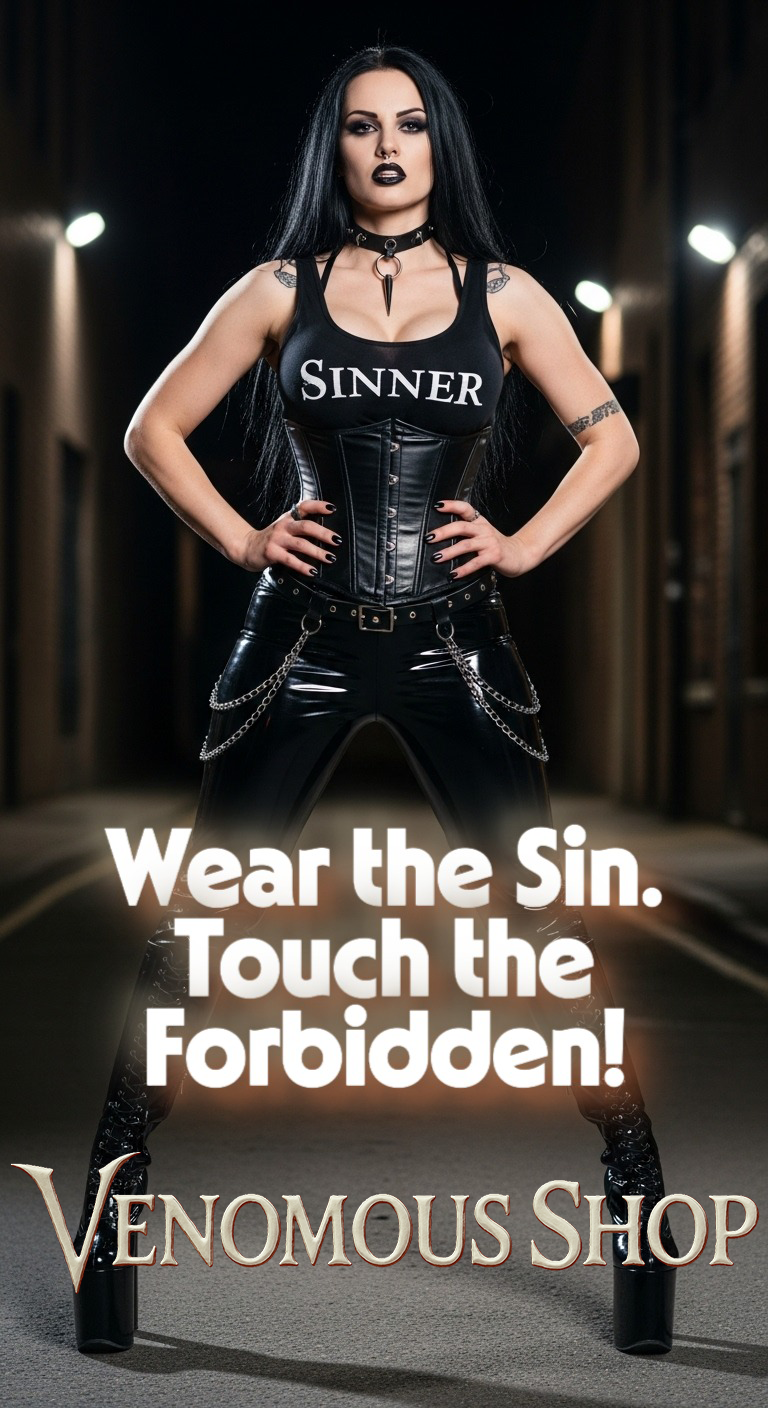Few fashion items have caused as much heated debate as the corset. This garment, which has been worn for centuries, is as polarizing as it is iconic. To some, it represents the ultimate expression of sensuality, elegance, and femininity. To others, it’s a relic of patriarchy—a garment designed to constrain women both physically and metaphorically.
But here’s the thing: the corset is back. And it’s not just gracing historical reenactments or costume parties; it’s stomping down the runways, taking over Instagram feeds, and claiming its rightful place as a modern fashion staple. So, is the resurgence of the corset a reclamation of power, or are we simply romanticizing an era of restriction? Let’s lace up and dive into the complexities of this provocative garment.
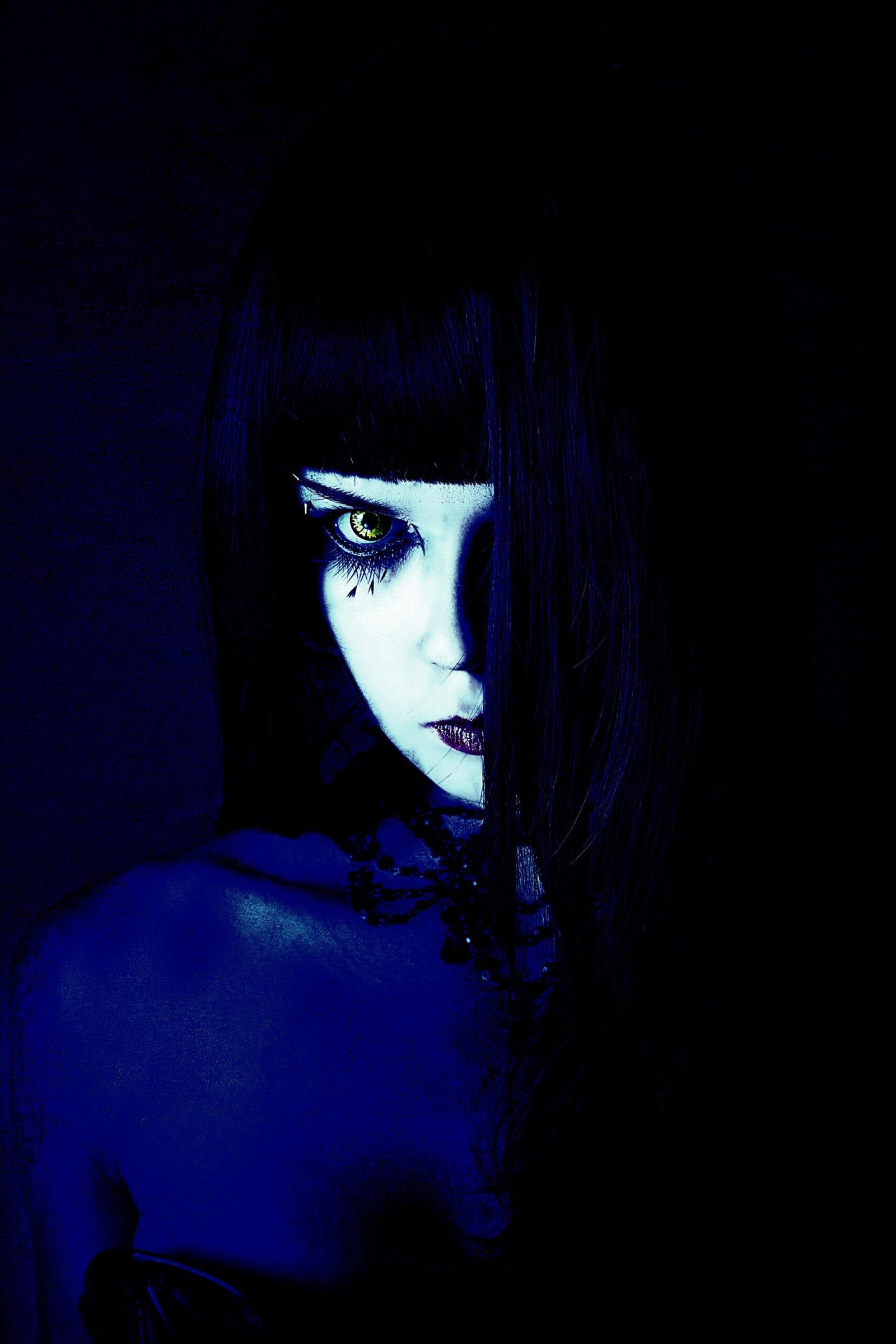
The Corset: A Brief History of Tight-Laced Controversy
The corset’s story begins long before Instagram influencers turned it into a trendy must-have. Its origins trace back to ancient Greece, but it truly gained prominence during the 16th century, when it became a status symbol among European aristocracy. By the Victorian era, corsets were ubiquitous, shaping the bodies (and lives) of countless women.
But with popularity came criticism. Tight-lacing, a practice where women cinched their waists to extremes, became synonymous with the corset. It was blamed for fainting spells, deformed ribcages, and even hysteria—although let’s not forget that Victorian doctors blamed hysteria on pretty much everything, including too much fresh air.
By the 20th century, feminists condemned corsets as tools of female oppression. They argued that these garments forced women to conform to unattainable beauty standards dictated by men. In 1968, the Miss America protest famously included women burning bras—and by extension, symbolically rejecting the corset.
So, why on earth are we still wearing them in 2025?
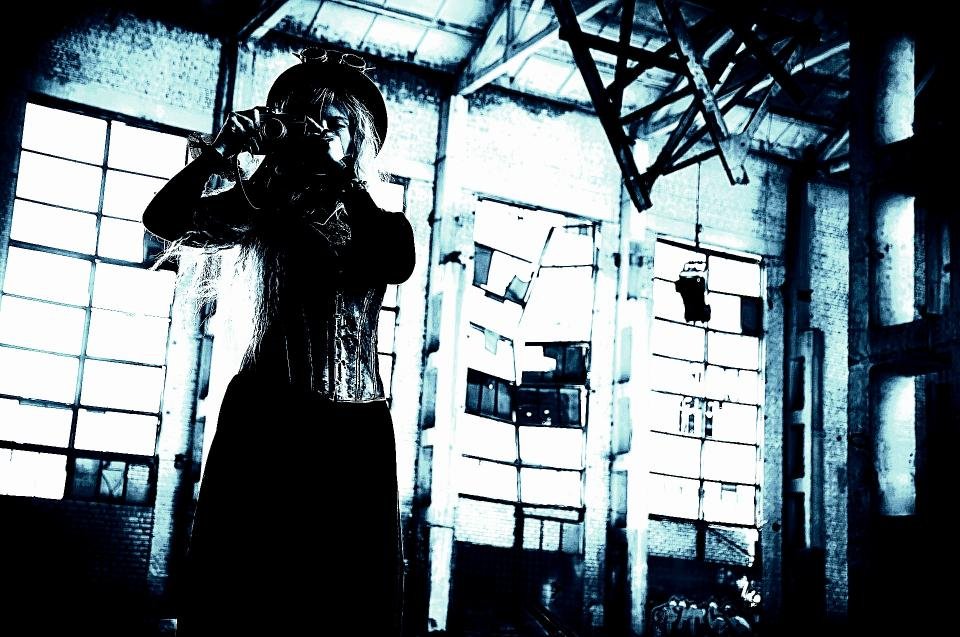
The Corset Renaissance: Empowerment or Exploitation?
Fast forward to today, and corsets are everywhere, from TikTok fashion hauls to A-list red carpets. They’re no longer limited to formalwear or boudoir attire. Modern corsets are layered over t-shirts, paired with jeans, and even used as statement pieces for power dressing.
But with their resurgence comes a critical question: are we reclaiming corsets as a symbol of empowerment, or are we perpetuating the very beauty standards we claim to fight against?
The Empowerment Argument:
Many wearers argue that corsets are now a choice, not a mandate. Unlike Victorian women, who were expected to wear corsets daily, modern wearers can slip into one when they feel like embracing their inner femme fatale—or simply want a snatched waist for an outfit. It’s a powerful, personal statement: I wear this because I want to, not because society tells me I have to.
The Exploitation Counterpoint:
On the flip side, critics argue that the revival of the corset isn’t as progressive as it seems. They claim that corsets, like waist trainers and other restrictive garments, play into a culture obsessed with unrealistic body ideals. Sure, we’re not forced to wear them—but how much of the desire to lace up is rooted in internalized societal pressures?
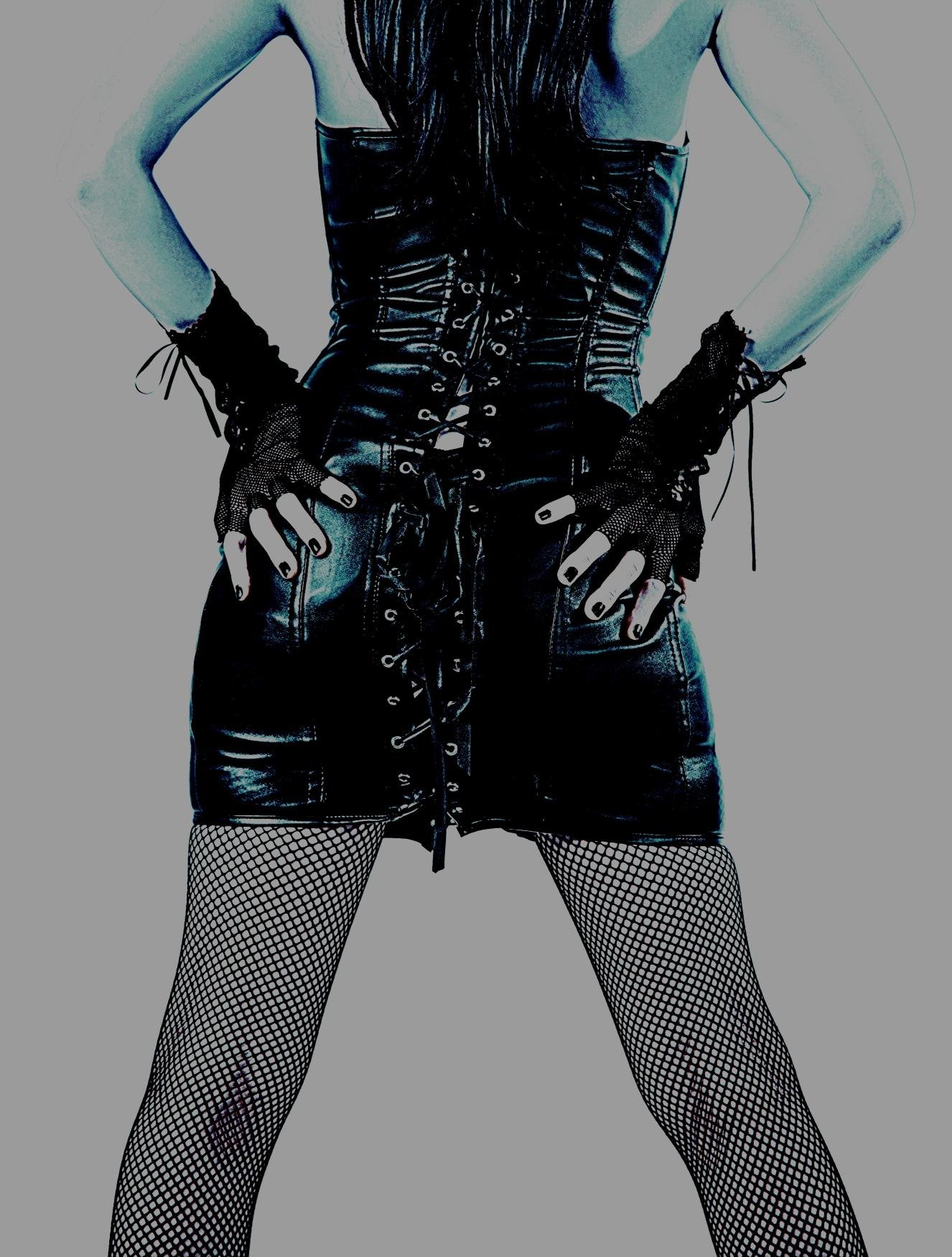
The Sensual Side of Corsets
Let’s not ignore the elephant in the room: corsets are undeniably sexy. They accentuate curves, create dramatic silhouettes, and evoke a sense of mystique that few garments can rival. There’s a reason they’ve been a staple in fetish and alternative fashion for decades.
But here’s where things get even more provocative: why do we associate corsets with seduction? Is it because they symbolize control, both given and taken? When you wear a corset, you’re sending a message—you’re deliberately shaping your body to create a desired aesthetic. The power lies in that choice. Whether you’re turning heads at a party or spicing things up in the bedroom, the corset is your weapon of choice.
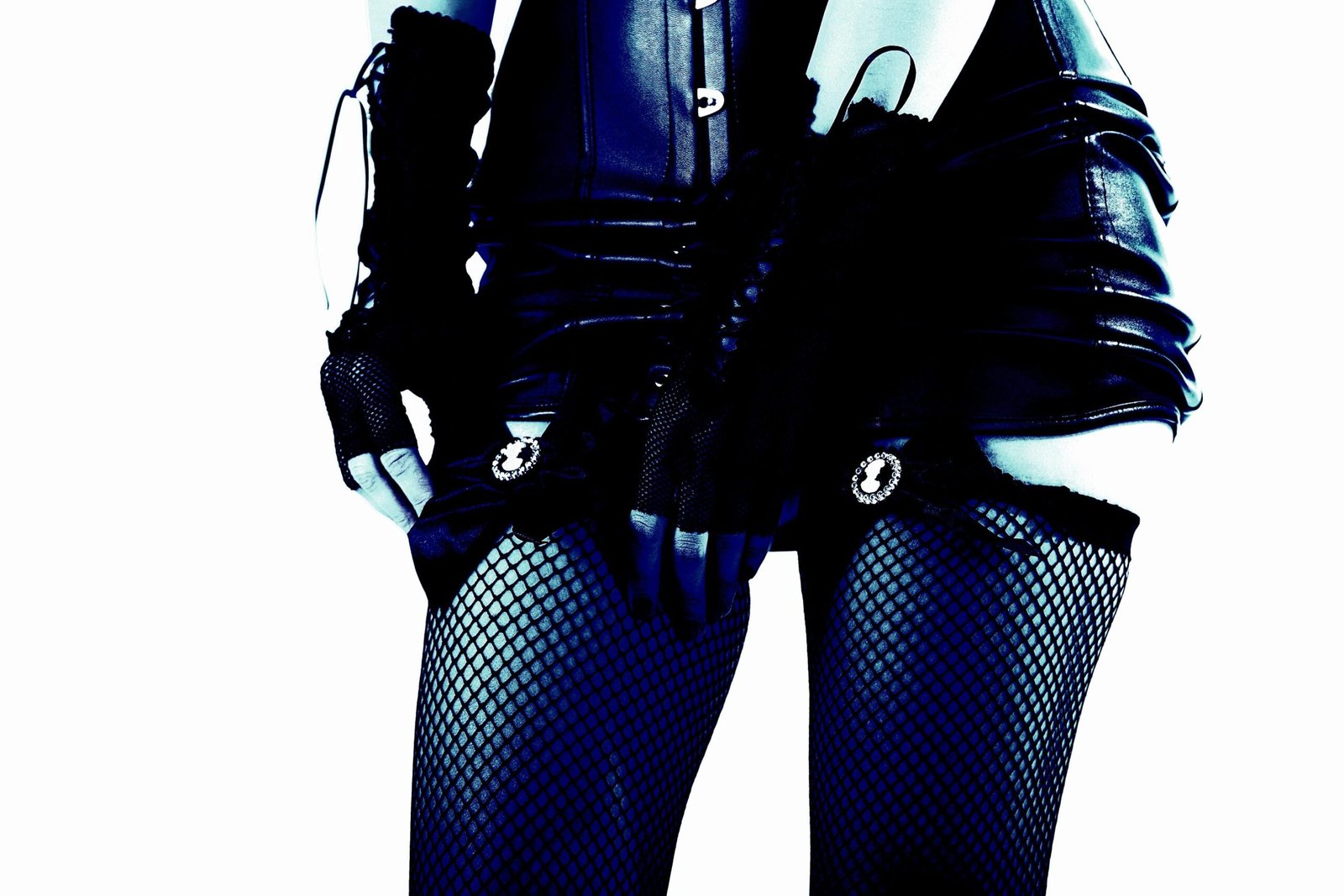
The Corset in Alternative Fashion: More Than Just a Trend
In the goth, metal, and alternative scenes, corsets have never gone out of style. For decades, they’ve been paired with fishnet stockings, combat boots, and leather jackets to create looks that scream rebellion. If you’ve ever been to a goth club, you know corsets are practically a uniform—and not because anyone’s trying to conform.
For many in these subcultures, corsets are a way of reclaiming femininity on their own terms. They’re not about pleasing the male gaze; they’re about embracing the dramatic, the unconventional, and the darkly romantic. Corsets, in this context, are armor.
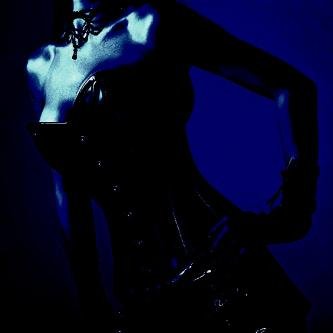
How to Style a Corset for Every Occasion
Ready to embrace your inner corset queen? Here’s how to rock one, whether you’re heading to a concert, a cocktail party, or just brunch with friends:
- For a Casual Look: Pair a soft, lace-up corset with high-waisted jeans and a loose cardigan. Add some chunky boots to keep the vibe edgy yet effortless.
- For a Night Out: Go all-out with a structured leather corset, a flowing skirt, and sky-high heels. Don’t forget the dramatic eyeliner.
- For Work (Yes, Really): Opt for a corset-inspired blazer or top. Layer it over a crisp button-up shirt for a look that’s professional with a twist.
- For the Bedroom: This is your chance to indulge in unapologetic sensuality. Pair a lace corset with stockings, and let your confidence do the rest.
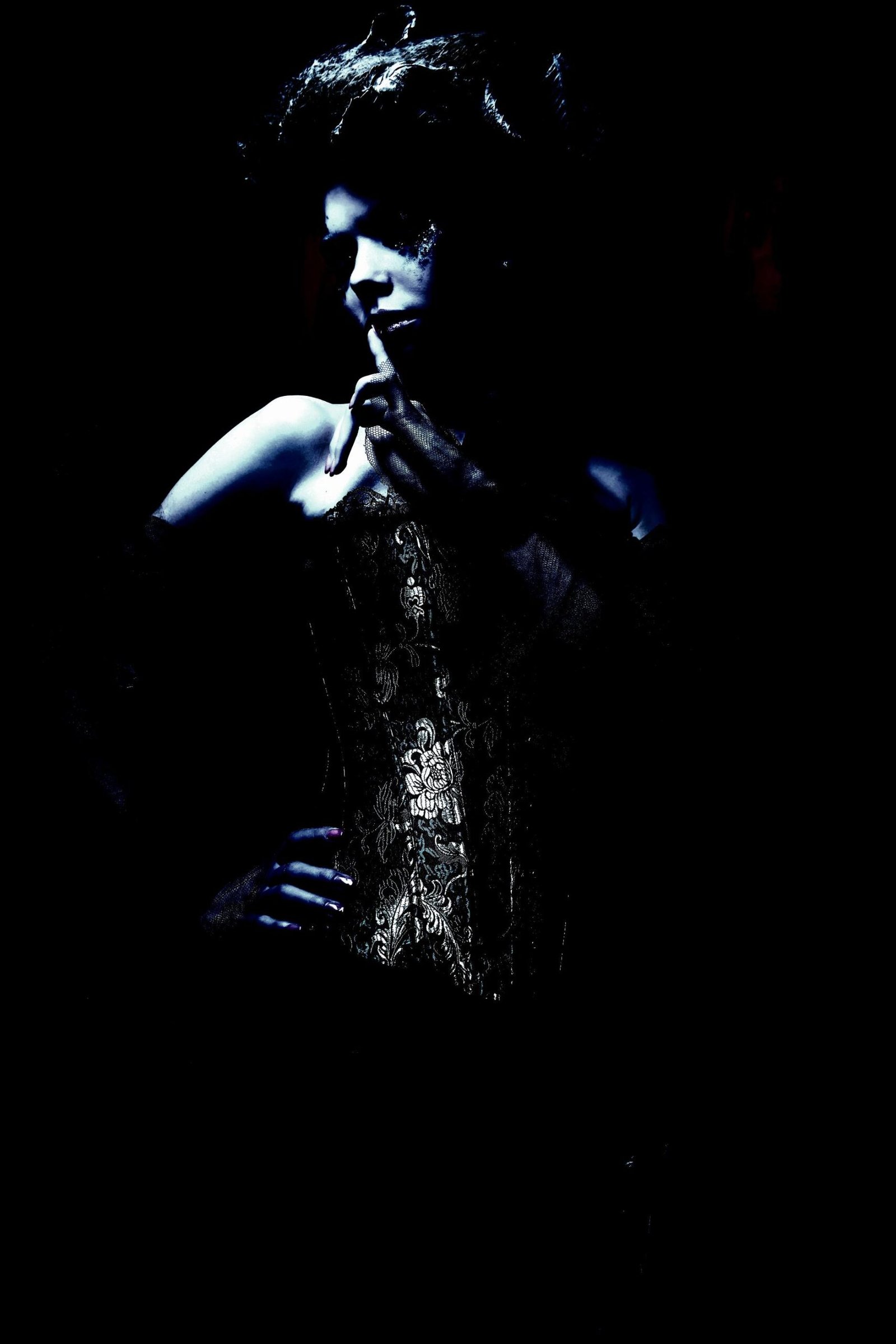
Debunking Corset Myths
Let’s clear up a few misconceptions while we’re at it:
- Corsets Break Ribs
False. Modern corsets are designed for comfort and style, not extreme waist training. If you’re wearing one that fits properly, it should feel snug but not painful. - Corsets Are Anti-Feminist
Also false. Feminism is about choice, and if a corset makes you feel empowered, that’s entirely your call. - Corsets Are Outdated
Absolutely false. If the runways of Versace, Mugler, and Vivienne Westwood are anything to go by, corsets are more relevant than ever.

Final Thoughts: The Corset as a Symbol of Choice
So, where does this leave us? The truth is, the corset will always be controversial. It’s a garment loaded with historical baggage and modern implications. But maybe that’s what makes it so compelling. It forces us to confront uncomfortable questions about beauty, power, and autonomy.
Whether you see the corset as a tool of oppression or a symbol of empowerment, one thing’s for sure: it’s not going anywhere. The next time you lace one up, take a moment to think about what it represents to you. Is it a throwback to an oppressive past, a sexy confidence boost, or simply a fabulous fashion statement? The choice, as always, is yours.
If this has inspired you to embrace the corset, check out the stunning collection at Alt Style Clothing. Whether you’re a corset newbie or a seasoned pro, they’ve got something for everyone.
For more provocative thoughts and bold fashion insights, dive into Lina’s Dungeon.
And don’t forget to follow me on all my links to stay connected and keep the conversation going.
